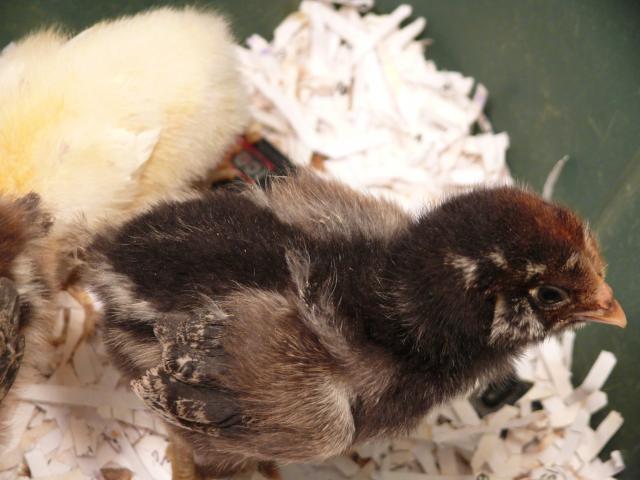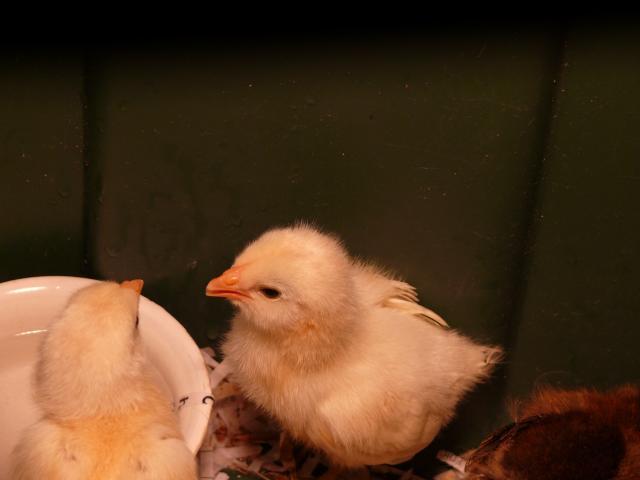I have so many questions and there are SOOO many posts with different opinions. I know this will just bring me more but could someone with experience with Ameraucana/EE chicks chime in here?
I just adopted 11 Ameraucana/EE chicks. They are 10 days old. (+ or -) I have no idea whether they are all hens or all roos right now. I need a helpful time line for what to expect/do with the little boogers.
First, they are in a large rubbermaid on straw right now. It is in the house. Is this big enough for 11 chicks or should I make a bigger box?
I have a light on them and it is running at 85 degrees. How long do they need to have the light? This next week I drop to 80 degrees and then the following week I drop to 75 and they can go outside? This would make them almost 4 weeks old. At this age they can not go in with my laying hens, right? I can let them see each other but not mingle until they are fully feathered? Or what is the trick to adding my chicks in with my laying hens?
Any help would be appreciated, I will post pics as soon as I can (maybe in a few minutes).


I just adopted 11 Ameraucana/EE chicks. They are 10 days old. (+ or -) I have no idea whether they are all hens or all roos right now. I need a helpful time line for what to expect/do with the little boogers.
First, they are in a large rubbermaid on straw right now. It is in the house. Is this big enough for 11 chicks or should I make a bigger box?
I have a light on them and it is running at 85 degrees. How long do they need to have the light? This next week I drop to 80 degrees and then the following week I drop to 75 and they can go outside? This would make them almost 4 weeks old. At this age they can not go in with my laying hens, right? I can let them see each other but not mingle until they are fully feathered? Or what is the trick to adding my chicks in with my laying hens?
Any help would be appreciated, I will post pics as soon as I can (maybe in a few minutes).


Last edited:








